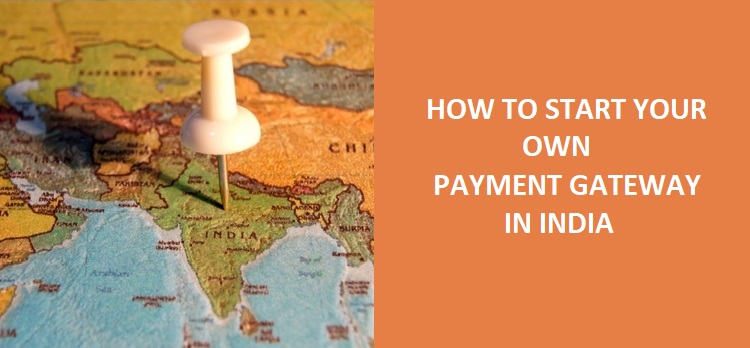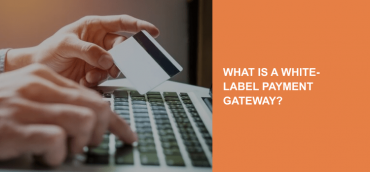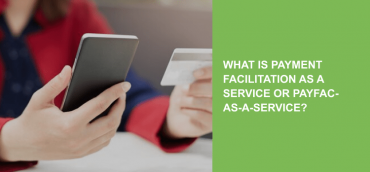A payment gateway is an online solution thanks to which merchants can receive payments by bank cards through e-commerce sites. The system monitors customer information and provides a secure channel for transferring payment data. A payment gateway is software designed for making online transactions.
However, thanks to the tools embedded in them for fast and accurate activation of payments, they have found applications not only among e-commerce stores but also in traditional business.
The financial data security is provided through data encryption using Secure Socket Layer (SSL).
The payment gateway payment process:
- The client selects a product, goes to the payment page, and enters bank details.
- The entered data is redirected to the payment gateway. The payment system accepts payment data along with the order number, store address, etc.
- The payment gateway sends a request to authorize the payment from the acquiring bank and international payment systems Visa / Mastercard / AMEX. This way the system knows that the card is valid.
- If the store accepts payments through 3D-Secure technology, the cardholder will additionally receive a one-time SMS password.
- The issuing bank processes the data and sends the information to the payment system, confirming the correctness of the information
- The issuing bank checks the availability of the required amount to be debited and confirms the transaction.
- After that, the acquiring bank, payment gateway receive confirmation by providing the transaction. The seller learns about the successful completion of the transaction. Monetary units are withdrawn from the client’s account, reaching the merchant.
Key requirements for providing online transactions
Secure Electronic Transaction (SET)
SET is a technological system that ensures the security of online credit card transactions. SET is essentially a security protocol. To protect the system, it uses the most advanced encryption methods to provide the secure transmission of payment information over the Internet.
This protocol is a special tool that prevents hackers from stealing customer data.
In order to process payments, your company must meet certain SET requirements.
- Providing mutual authentication of both the client and the merchant;
- Ensuring the confidentiality of payment information and order information using data encryption;
- Compliance with modern security mechanisms.
Tasks that SET solves:
- Merchant authentication. The client can verify the link between the merchant and the financial institution using a standard X.509V3 certificate;
- User authentication. Allows the merchant to verify whether the authorized credit card belongs to the rightful owner or not;
- Preventing payment information from being read by unauthorized people through encryption;
- Prevent alteration of the given by using fake signatures.
Merchant Agreement
Merchant Agreement is a written agreement between the merchant and the acquiring bank, which explains the rights, obligations, and guarantees of the parties in the process of accepting card payments.
Each party involved in online transactions is governed by the rules and responsibilities set out in this agreement
General requirements for setting up a payment business
- Create a business plan. The procedure for drawing up a business plan is to fix a clear understanding of the state of the company at the current moment, outline the prospects for its development, and also calculate what resources will be required for this. For a startup, preparing a business plan is not an easy task. To write a business plan correctly, you need to be deeply immersed in the industry, understand key financial indicators, and be able to assess the market and its prospects.It is necessary to consider in detail what services the company will provide, what their price will be. You also need to calculate the number of employees and salaries.
- Partner with banks. All payment institutions are required to provide Visa / MasterCard acceptance. To do this, you need to contact the partner bank and request integration.
- Create a sales department. The sales department will be responsible for making calls to customers and processing transactions. Use different channels to find leads. Also, your existing customers are acting as resellers promoting your products.
- Create a marketing department. Marketing will help you find customer touchpoints and build brand awareness.
- Technical support. If you are planning to develop your business, you cannot do without a technical support department. These employees will accept complaints from customers, resolve disputes, troubleshoot system problems, and more.
India payment company registration requirements
First of all, you need to register your business. For the provision of payment aggregator services, the best option would be a limited liability company.
Requirements for obtaining a payment service aggregator license:
- At least 2 directors;
- Capital. The net worth must be at least Rs 150 million. Moreover, this amount should be increased in 3 years to 250 million rupees.
- The physical address of the business;
- Provide a business plan for the next 5 years;
- Business bank account;
- Compliance with RBI requirements;
- Report from the software certification agency;
- Taxpayer registration number.
- PCI DSS Compliance.
The bottom line
In general, registering a payment aggregator in India requires huge costs, both time and financial. An alternative solution is not to develop a payment gateway yourself, but to sign an agreement with a white-label payment gateway provider.
For more detailed information, please contact us and our managers will provide all the necessary information.




